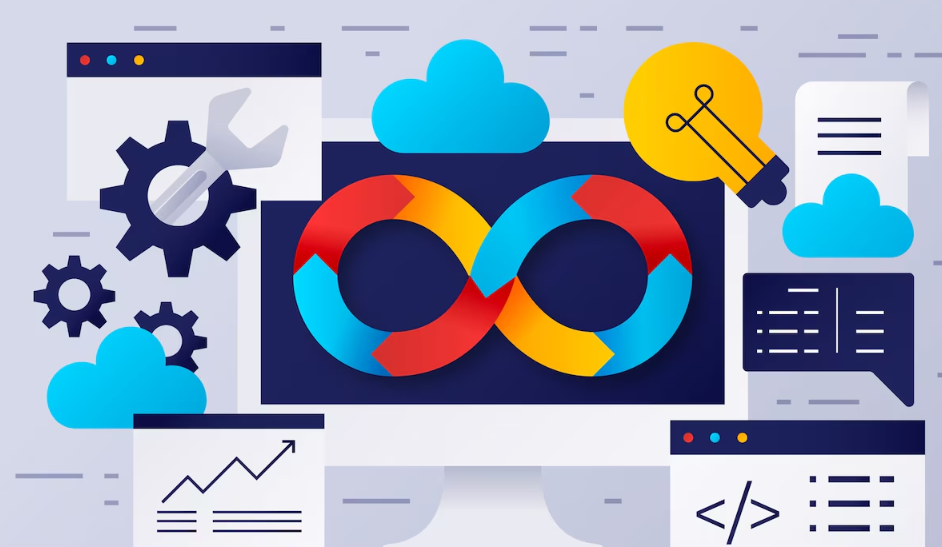In today’s digital age, cybersecurity is more critical than ever. With cyber threats evolving rapidly, protecting your personal and professional data requires vigilance and proactive measures. Whether you’re an individual or a business, understanding the latest cybersecurity best practices can help you stay ahead of hackers and safeguard sensitive information. Here are essential cybersecurity tips to keep your data secure in 2024.
1. Strengthen Your Passwords and Use Multi-Factor Authentication
Weak passwords remain one of the easiest ways for cybercriminals to gain unauthorized access to your accounts. To enhance security:
- Create complex passwords: Use a mix of uppercase and lowercase letters, numbers, and special characters. Avoid common phrases or easily guessable information like birthdays.
- Use a password manager: Tools like LastPass or Bitwarden can generate and store strong passwords securely, eliminating the need to remember multiple credentials.
- Enable multi-factor authentication (MFA): MFA adds an extra layer of security by requiring a second form of verification, such as a fingerprint, SMS code, or authentication app.
By implementing these measures, you significantly reduce the risk of unauthorized access to your accounts.
2. Keep Your Software and Devices Updated
Outdated software and operating systems are prime targets for cyberattacks. Hackers exploit known vulnerabilities in older versions to infiltrate devices. To stay protected:
- Enable automatic updates: Ensure your operating system, apps, and antivirus software are set to update automatically.
- Regularly check for patches: Some critical updates may require manual installation, so periodically review your software for pending updates.
- Replace unsupported devices: If a device no longer receives security updates, consider upgrading to a newer model to avoid exposure to threats.
Staying current with updates closes security gaps and keeps your defenses strong.
3. Be Wary of Phishing Scams and Social Engineering
Phishing attacks continue to be a major cybersecurity threat, with cybercriminals using deceptive emails, messages, and calls to trick victims into revealing sensitive information. To avoid falling prey:
- Verify sender identities: Check email addresses and phone numbers for inconsistencies before responding to requests.
- Avoid clicking suspicious links: Hover over links to preview URLs, and never download attachments from unknown sources.
- Educate yourself and others: Learn to recognize common phishing tactics, such as urgent language or too-good-to-be-true offers.
By staying cautious and skeptical, you can prevent many social engineering attacks.
4. Secure Your Home and Business Networks
Unsecured networks are a goldmine for hackers looking to intercept data. Whether you’re working from home or managing a business, follow these steps to protect your network:
- Change default router settings: Update your router’s admin credentials and disable remote management features.
- Use a strong Wi-Fi password: Avoid default or easily guessable passwords for your wireless network.
- Enable encryption: Use WPA3 encryption for Wi-Fi networks to ensure data transmitted over the network is secure.
- Set up a guest network: Keep visitors on a separate network to limit access to your primary devices and data.
These steps help create a robust barrier against unauthorized network access.
5. Back Up Your Data Regularly
Ransomware attacks and hardware failures can lead to irreversible data loss. Regular backups ensure you can recover your information without paying cybercriminals or starting from scratch. Follow these best practices:
- Use the 3-2-1 rule: Keep three copies of your data, stored on two different media types, with one backup offsite (e.g., cloud storage).
- Automate backups: Schedule regular backups to avoid forgetting or missing critical files.
- Test your backups: Periodically verify that your backups are functional and can be restored if needed.
Backups are your safety net against data disasters.
Conclusion
Cybersecurity is an ongoing effort that demands attention and adaptation. By strengthening passwords, keeping software updated, recognizing phishing attempts, securing networks, and backing up data, you can significantly reduce your risk of falling victim to cyber threats in 2024. Stay informed, stay vigilant, and make cybersecurity a priority to protect your digital life.

